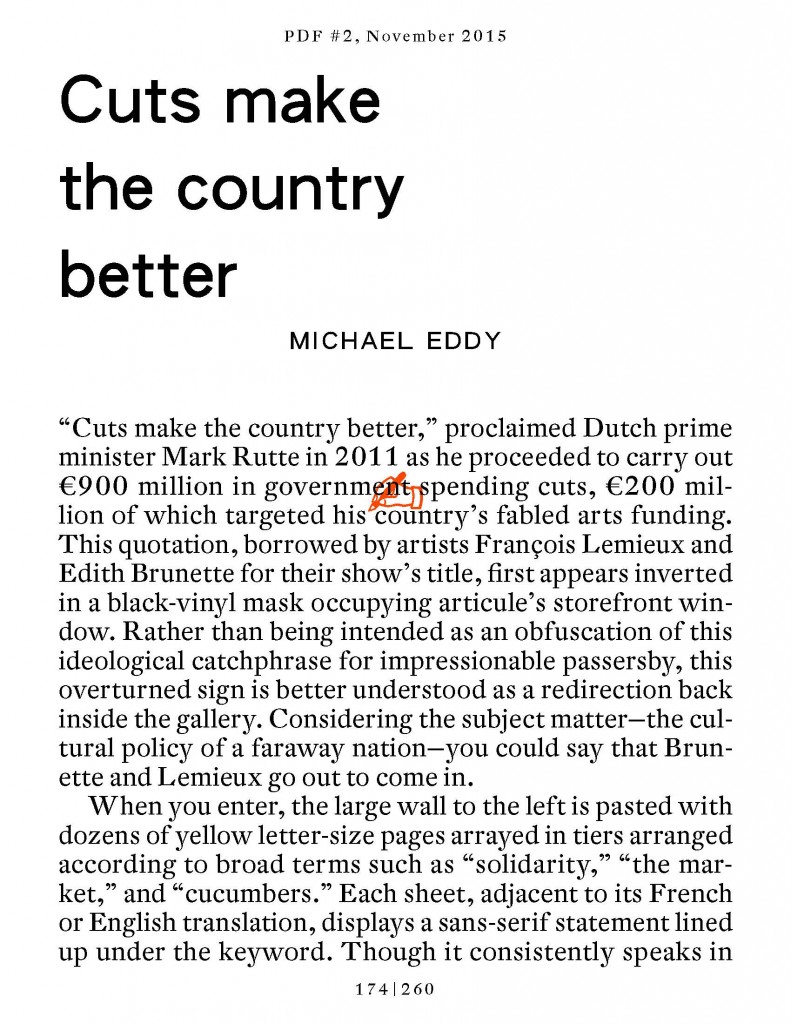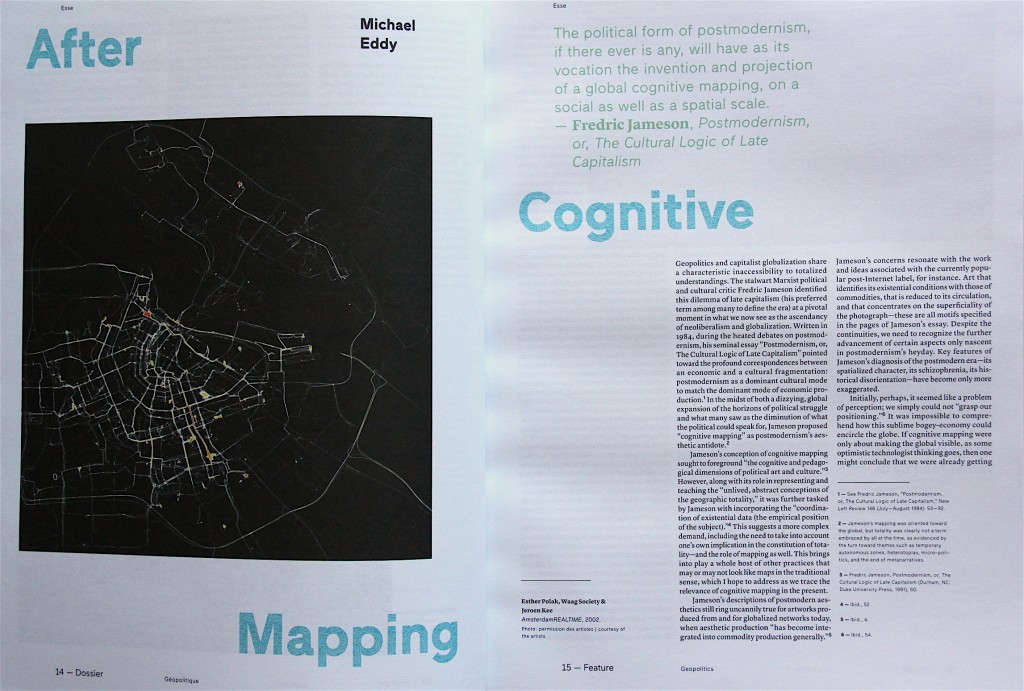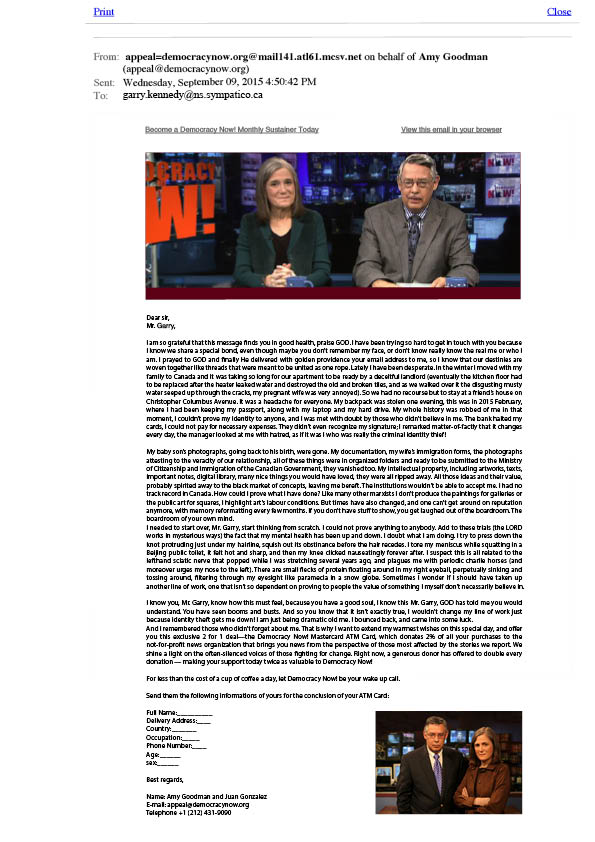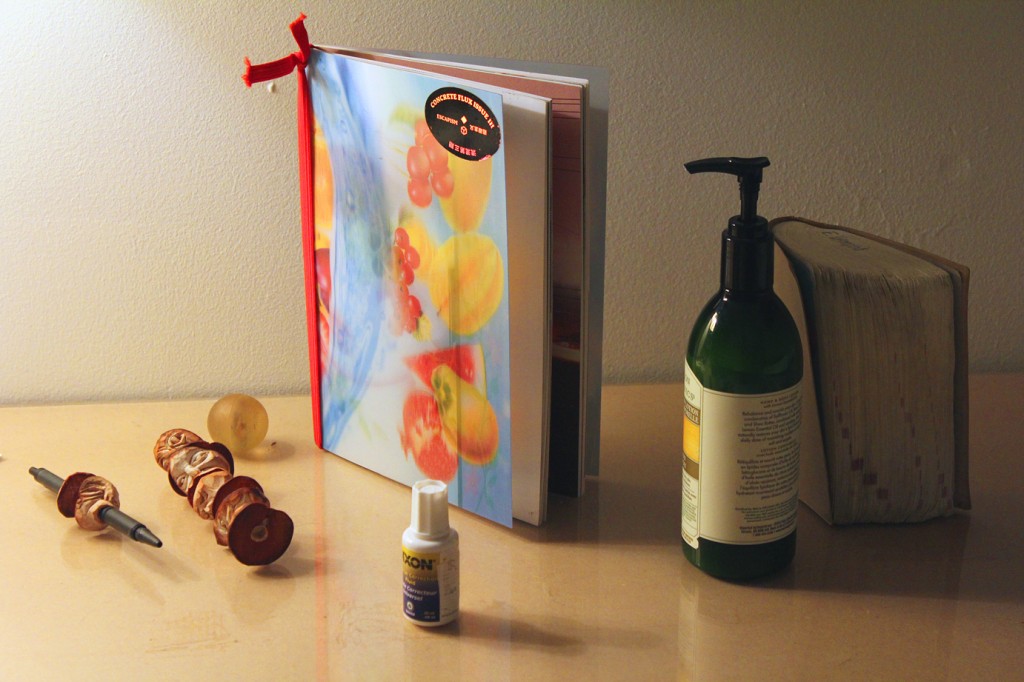For Lorna, 2015.
This text appeared in the artist publication for Lorna Bauer’s solo exhibition Soleil at Modern Fuel.
—-
senza titolo
It was winter, and that meant that Seiji Takuma had some time on his hands. He was bored, and also happened to be an artist, but most likely this was immaterial to his being selected as one of the three subjects for the experiment. He was paid for his time (and the pay was “not bad”). Nonetheless three months is a long time to stay in an enclosed facility under a controlled regime, with very dim lighting. Seiji would stand directly beneath the stingy lamp and squint to read the old newspapers brought in for him, held close under his nose.
Every day Seiji slept at 24:00 and woke at 8:00, to the same light. There was not a single window on any wall. It is probably no surprise that food was incredibly important to the subjects’ routines. Breakfast was simple fare prepared by staff, with lunch and dinner initially consisting of lunch boxes assembled by a catering company, delivered in their tepid plastic packaging. However, subjects felt these lunch boxes were so horrible that they protested and this arrangement was changed. Throughout the entire duration of his stay in the facility, Seiji was fitted with a rectal thermometer logging his temperature, and was constantly monitored with infrared cameras by facility staff. Excepting, of course, shower and toilet time. Blood and brain wave tests were administered intermittently, and an occasional interview over televideo took place with a psychologist. He had no other contact aside from his brushes with the other two subjects, one of whom already had a psychological condition and backed out after a month, the other being a stereotypical otaku; needless to say interpersonal relations were perhaps the most awkward part of the whole experience.
There was no dearth of activity. A typical day (and every day was typical) consisted of flat knitting, spool knitting, bead threading, puzzle solving, origami folding, mathematics calculation, Lego “brainstorming,” an hour of stationary bicycle for cardio-vascular exercise, and other simple tests, etc. Staff surreptitiously removed the completed output from Seiji’s quarters (the excruciating aroma of coffee informing of their existence, though neither caffeine nor egghead were ever encountered). Subjects were allowed to select one or two items to bring with them into the facilities, but no means of communication, and no electronic devices. Seiji was allowed to wear his own clothes but they took his shoes and shoelaces. He elected to keep some pencils and a 2-kg hunk of oil clay nearby to work his hands on a semi-daily basis during free time in the evenings. His desk became a shadowy atelier. He sculpted fungi, a compact disk, a curved pencil, a water puddle, a 4-dimensional pocket; in all, fifty shapes to be destroyed and reconstituted again. Before Seiji left, a researcher inquired about commissioning a bronze version of one of these clay sculptures, a human figure, but Seiji turned him down. He was too lazy.
When he finally departed the facility after the 90 days, it was still winter. It wasn’t snowing, and the city lights and the cars’ headlamps passing in the clear cold night were intolerably bright.
As told by SEIJI Takuma
Postscript:
Fifteen years later the convergence of an unprecedented superstorm and a solar wind shockwave knocked out the world’s telecommunications networks and pretty much all other electronic devices. It was very, very dark, particularly at night. Huge milling clouds kilometres thick churned against the earth’s curving limits, blocking the sun’s rays like ancient herds of bison in the sky. It was the type of misery that doesn’t like company, even though we all shared it—meaning we each experienced it separately. Many things ceased to function.
What remained from those prior times, when our ecstatic workaday worlds had been fed on the excesses of the sun and the subterranean, weaving the new crystalline monuments from vibrations sped on transparency, when frequencies irradiated thickest flesh and hottest equatorial mud? Math cults called it a reckoning, a flattening of pluses and minuses, whose sum was a protracted situation of stasis. People twiddled their thumbs like blind processors stuck on some numerical palindrome. People whispered in the dark, where history turns inward. People hovered like bees had done, in the throes of their extinction, when cellular signals had fatally overcome them en masse; except with people, the signals had been cut.
Circumstances did not descend into a zombie movie, however. The CEOs had their hard numbers, and most of them knew this was coming. It turned out they had indeed been preparing for the long term after all, but it just happened to be the long hereafter. Through the fog of inactivity, of uneconomy, the long low waves were penetrating. The manic necessary buzzing of latter days were in the past, buffeted by catastrophe, giving onto the quiet clarity of darkness. Humans would re-emerge on the other side—it had been scientifically demonstrated!
published May 10, 2015



































